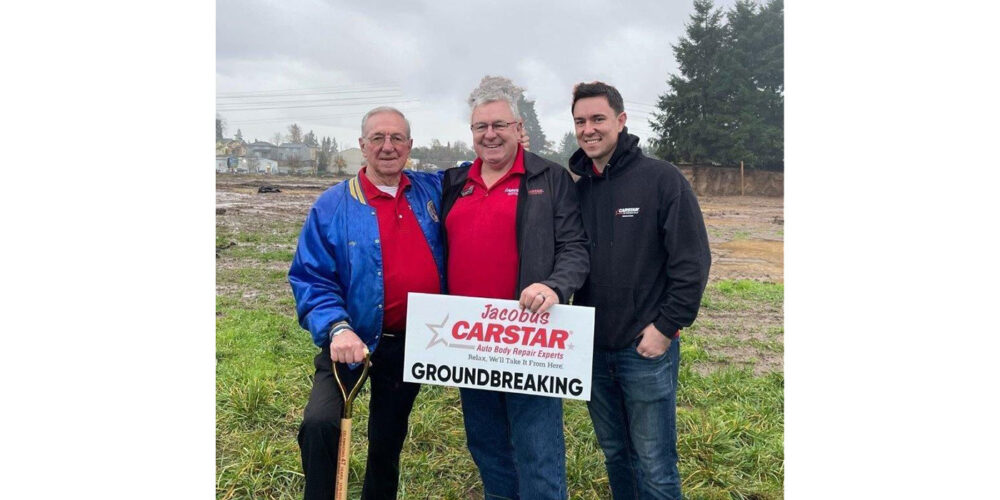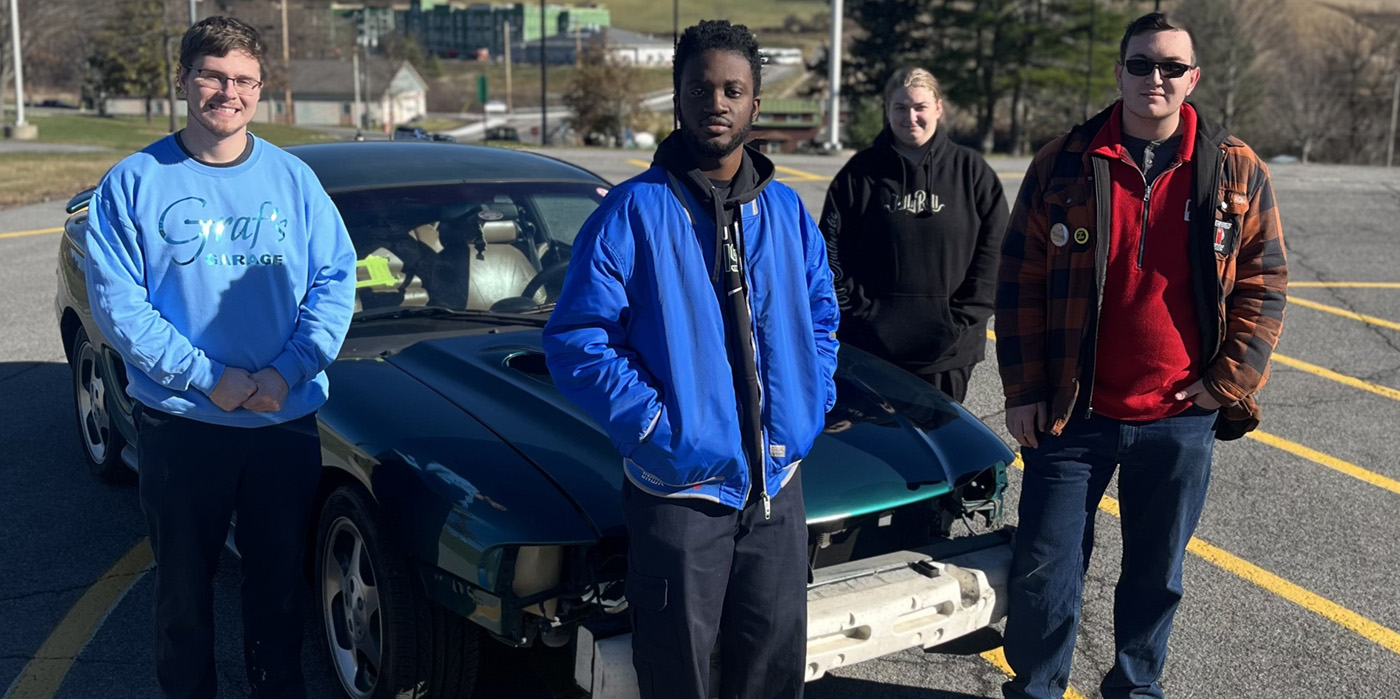Our market is very, very, very slow. It’s been our worst sales year in years. To be completely honest, we’re running in “survival mode.” The entire auto segment in Colorado has been slow (although the mechanical repair shops picked up a little for a while — I think people were doing gas-mileage-related tune-ups).
So when I went to NACE this year, for the first time in a while, I was looking for some insight, inspiration and new angles. The following are some thoughts I had while at the show:
More than ever, many shops that had not in the past are signing up for DRPs, just because they feel they “have to” to stay in business. They’re still opposed to DRPs, but are signing on anyway because they feel they’ll go out of business if they don’t. In seminars and in hallways, the debate about DRP vs. non-DRP is but a whisper. There’s a working assumption that you need to be in as many DRP relationships as possible. However, the resentment of “having to” is building.
I got the sense that many independant shop owners are cornered by industry trends. I also felt an undercurrent of anger at being “forced” to do business a new way just to survive. It reminds me of the decline of America’s small family farms. Will our industry see an equivalent to “farm aid”? I doubt it. It’s up to us to control our own destiny.
I heard twice that an insurance company feels that they “pay too much” if they pay for operations that are required for quality, but are not actually performed. Bear with me a moment. The curious thing here is that insurance is a legal contract to pay for the repairs that will restore the vehicle to pre-loss condition. Whether or not the repairs are performed is immaterial.
For example, Toyota and other OEMs, paint manufacturers, etc. all require “up and over” clearcoat on vehicles without a roof/quarter separation. Yet, no insurance company that I know of (except State Farm) will actually pay for this procedure unless it’s proven/documented that it was actually performed. (And even then, I’ve had companies simply refuse point-blank, no discussion.)
The main problem is the assumption that the shop, not the vehicle owner, pockets the money. Customer choice is not considered. I knew insurance companies don’t like paying for things, but it was never this clear to me before.
It’s being assumed that the customer and the insurer are being “frauded” out of the money for paid, but not performed, procedures. The shop is “guilty” until proven innocent that it’s keeping the “insurance” money — when, in fact, it’s the customer’s money.
The relationship is incorrectly seen as a triangle between shop, insurer and vehicle owner. BUT it’s been completely lost that it’s a chain: The insurer is obligated to the customer, and THEN the shop is obligated to the customer.
This has much to do with uneducated consumers, the very bad reputation and image of body shops and, of course, greed and manipulation. But, what’s the answer? (I vote for customer involvement.)
I was on a mission to discuss OEM parts vs. A/M with any OEM present at NACE. I specifically asked, “What do you have (brochures or whatever) that helps me sell your OEM part to my body shop customer?”
I was tragically disappointed by the responses. There really isn’t much available from the OEMs — no real support.
I had been contemplating this for a while but haven’t really understood the reasoning. It makes a shop owner question what the OEMs are thinking.
Some insight came from a very interesting conversation I had with a Dodge representative. The highlights of that conversation were: OEMs do not want to push OEM part usage and disrupt their relationship with the insurance industry. (They are as powerless as we are?!) The OEMs work with the insurance industry on reparability issues but not “parts” issues. The fear is that if an individual OEM pushes (and succeeds) for OEM-only repair parts on their vehicle(s), insurance rates would be “forced” higher on that vehicle — thus, scaring potential customers from purchasing that OEM’s vehicles. Now that’s weird. Here I thought insurance premiums were figured on new vehicles with new OEM parts anyway?
Another aspect of OEM support for their parts is that they’re serious about “cradle to grave” vehicle ownership. They want vehicle customers to buy, maintain, insure, finance, accessorize, service, repair and total the vehicle at the dealership. It’s all about “capturing” the customer in order to sell more vehicles.
I don’t think OEMs have any appreciation or envision a positive way for independent body shops to influence a consumer’s purchase decision, so we’re not a priority.
The Dodge rep told me that after comprehensive focus group studies of consumer OEM part awareness, it was decided that customers were unreachable and, therefore, not worth much investment. One crushing example he gave: An elderly lady was in the focus group, and OEM, salvage and A/M parts were all offered as choices to replace the hood on her vehicle (a Ford Explorer). The terminology was carefully explained. She was then asked, what part would she choose. She wanted salvage.
The interviewers scratched their heads, re-explained the terminology and asked again. Salvage.
Finally, on the third try, with the same response, the perplexed interviewers asked her for an explanation. Her response: Her Explorer was a few years old, so a new Explorer hood wouldn’t be the same as her old Explorer hood.
She simply could not conceive the concepts.
Another customer actively chose A/M because he had good experiences with NAPA “aftermarket” mechanical parts he had installed himself — and saved some money.
It was determined that consumers do not trust body shops (duh.); do not trust OEMs (“They just want to sell me stuff I don’t need …”); and do not trust the insurance company (at the “corporate” level). But they do trust their agent.
I think the points here are: OEMs are not interested in educating the public about OEM parts; they’re casually interested in selling OEM parts to shops, but have no interest in supporting our sales efforts to consumers.
To the vehicle owner, the AGENT is the source of trusted decision making. (I’m still having a hard time understanding the “logic” of this.)
I know there have been surveys of what body shops think of insurers (and State Farm usually wins), but has there ever been a body-shop-specific survey of OEMs?
I was in a seminar regarding body shop/insurer relations. It was primarily a DRP vs. non-DRP debate. A couple of large operators (multi-shop) stated they didn’t really have trouble working under DRP guidelines. This was intriguing, so an audience member asked: “We were asked to use rusty, old, salvage parts for a repair by an insurer. We weren’t comfortable using those parts, but they simply refused anything else. What do you do in those situations?”
A pair of multi-shop operators replied: “We aren’t asked or told to do those things. It hasn’t come up.”
Incredulous, the audience member said: “It happens in other body shops every day. You don’t have any insurer-specified parts issues?”
Big-Time operator says: “No.”
I wish this had been explored further, but the topic shifted.
If I wasn’t being told how to do the repairs, I’d have no problems with DRP relationships. As shown in the brief example, I sense a large disparity between your common single-store “Mom & Pop” body shop operator and the “Big Boys.” I glean that some insurers, at various levels, are realizing that they’re not interested in, nor good at, micro-managing repairs and repair procedures. They may not yet trust a single store family operation to make the best repair decisions, but apparently the insurance industry does trust the large operators. Typical insurance executive thinking, isn’t it?
It’s becoming a matter of: We don’t care how you do repairs, just do them cheaply, quickly. I find this both intriguing and terrifying. Can you imagine what some shops will be doing to cars if no one is really looking?
It’s a double-edged sword because it could give quality shops the opportunity to distinguish themselves from hack-shops without insurance mandates, but yet, quality repairs cost money.
Are we going full circle — back to “Get three estimates” and the insurance pays the cheapest one? I think not. But, I do know that it won’t stay the same as it is, either.
When I attend NACE, I’m primarily interested in the classes, seminars and people. My inspiration to go was to serve as a litmus test of what’s going on in the industry — to see firsthand other industry people and products that I normally research and keep track of in print and on the Internet. I thoroughly enjoy meeting other industry people from outside of my own shop. Primarily, it’s refreshing to know other shop owners are fighting similar battles; some have won some too!
Attending NACE was like a fresh cup of coffee in the morning. I feel the trip was a shot in the arm. It inspired me to try harder and to actually attempt some new things I had only thought about doing before — and it confirmed things we’ve been doing right all along.
Writer Troy Phagan is the general manager for C.R.P. Paint & Body in Greeley, Colo. He can be reached at [email protected].
Got something to say? Fax your opinion on
an industry issue to (330) 670-0874 or e-mail them to BSB editor Georgina K. Carson at [email protected].













